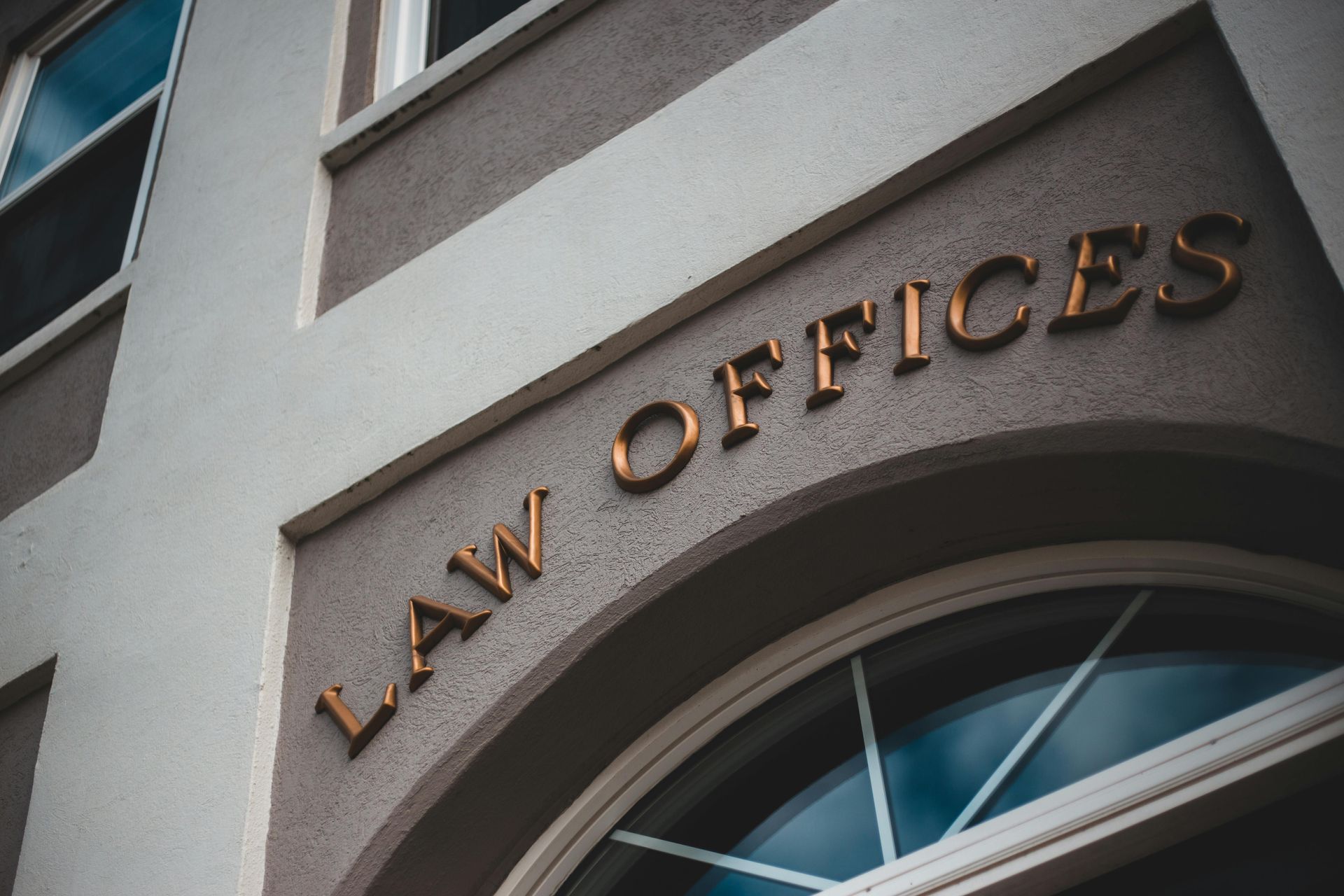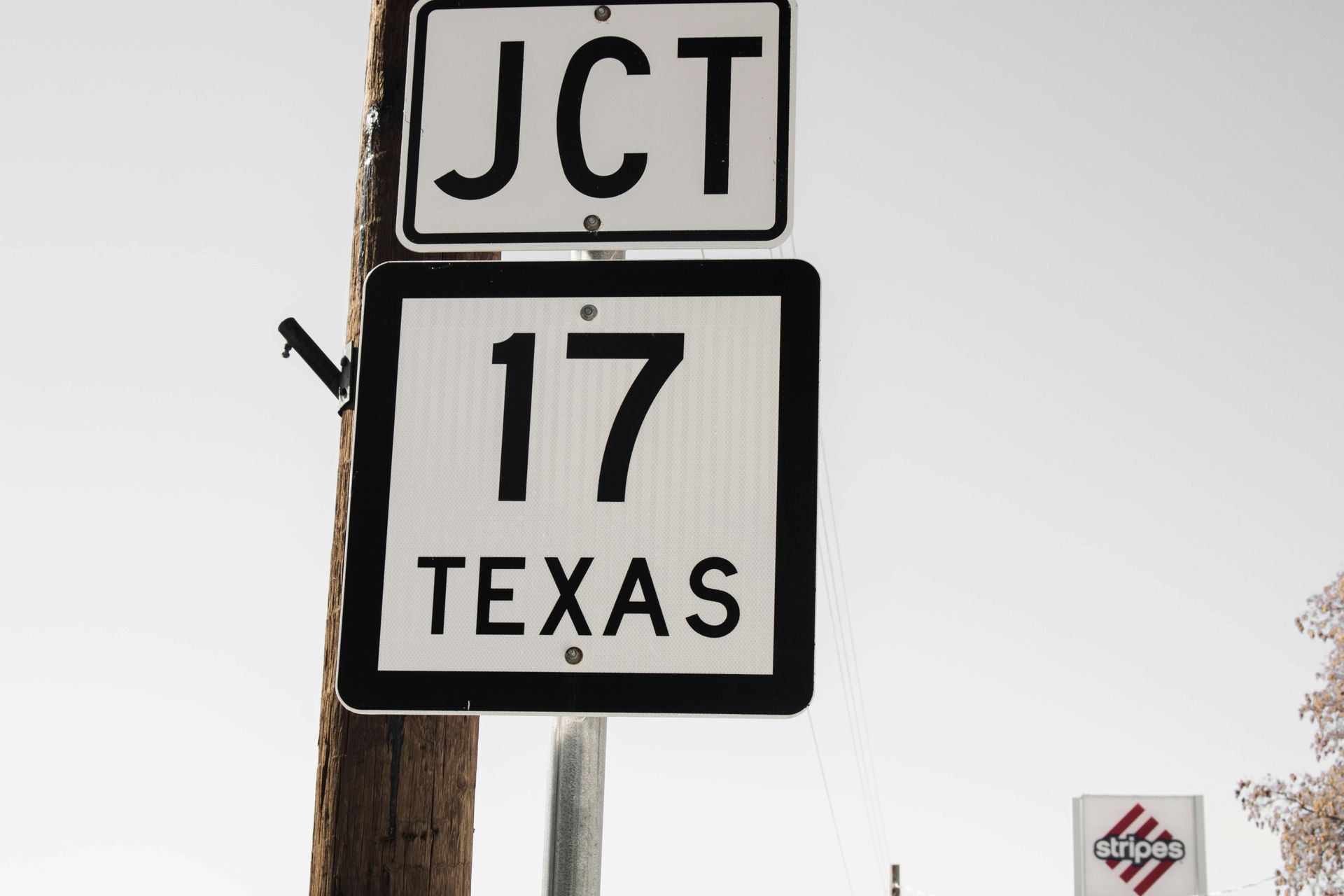Immoral and Scandalous Trademarks
ATTORNEYS IN DALLAS
Learn about Section 2(a) of the Lanham Act, its prohibition on immoral or scandalous marks, and the impact of key court rulings, which upheld the First Amendment's protection of free speech in trademark registration.
Immoral and Scandalous Trademarks
Section 2(a) of the Trademark Act, also known as "The Lanham Act," prohibits the registration of marks on both the Principal Register and the Supplemental Register if they are determined to be immoral or scandalous. The determination of immorality or scandal is made within the context of the relevant marketplace for the goods and services, taking into account contemporary attitudes. It is not necessary for a majority viewpoint to exist among consumers; instead, the standard used is that of a "substantial composite of the general public" who perceive the mark to have a vulgar meaning.
There is limited legislative history regarding this provision of the Lanham Act, so the interpretation of these types of marks relies on the ordinary meaning of the proposed terms. An Examining Attorney only needs to establish the existence of one vulgar meaning to justify refusal on these grounds. The Examiner may seek guidance from court cases, decisions from the Trademark Trial and Appeal Board (TTAB), dictionary definitions, or relevant newspaper and magazine articles. The intent of the Applicant and whether the mark is perceived as humorous or funny are irrelevant factors in this determination. When such issues arise, the Examining Attorney must consult with their supervisor to ensure consistency in examination.
In late 2017, the United States Court of Appeals for the Federal Circuit ruled that Section 2(a) of the Lanham Act, which prohibits immoral and scandalous trademarks, violates the First Amendment of the Constitution. This ruling came in the case of In re Brunetti, involving the mark "FUCT" for apparel, footwear, accessories, and related goods. The Examiner and the Board concluded that the mark was phonetically equivalent to the term "fucked," which was deemed vulgar based on multiple dictionary entries. The Applicant argued that "FUCT" stood for "Friends yoU Can't Trust" as a coined term. However, the Board found it difficult to believe this was the true meaning and intent, especially after examining the explicit sexual imagery on the Applicant's website and blog associated with the mark. The TTAB affirmed the refusal to register, leading the Applicant to appeal to the United States Court of Appeals for the Federal Circuit.
The Federal Circuit Court agreed that "FUCT" was vulgar, and there was substantial evidence supporting the Board's decision that the mark contained immoral and scandalous matter. However, the court held that Section 2(a) of the Lanham Act was a restriction on free speech and a violation of the First Amendment, rendering it unconstitutional. Therefore, the TTAB's decision refusing registration for the mark "FUCT" was overturned.
Prior to the Federal Circuit's decision in In re Brunetti, the U.S. Supreme Court addressed a similar case in In re Tam, which affirmed the Federal Circuit Court's ruling that the disparagement provision of Section 2(a) of the Lanham Act was unconstitutional. The Supreme Court held that speech cannot be banned simply because it expresses offensive ideas. The government's restriction on speech based on its content is subject to strict scrutiny, requiring the government to prove that the restriction serves a compelling interest and is narrowly tailored to achieve that interest.
Contact an Experienced Trademark Attorney
If you need legal advice regarding your trademark rights, assistance with trademark prosecution, or representation in a domain name dispute, contact Wilson Whitaker Rynell. Our team of trademark lawyers has extensive experience in all aspects of trademark and copyright law, including the filing of trademark applications and representing clients in defense or prosecution before the Trademark Trial and Appeal Board.
Trademark Resources & Services
- Trademark Overview
- Trademark Registration
- Trademark Licensing
- Trademark Infringement
- Trademark Protection
- Trademark Coexistence
- Trademark Guidelines
- Trade Dress Protection
- Trademark Oppositions & Trademark Cancellations
- Cybersquatting
- UDRP Domain Name Proceedings
- Trademark Portfolio Management
Need any help?
Getting in touch is easy. Use the form below and request a free consultation today.
Industry Resources & Services
- Alcohol & Beverage Law
- Blockchain Law
- Cosmetics Product Law
- Crypto-currency Law
- Cyber-security Law
- Digital Marketing
- eCommerce Law
- Energy Law
- Fashion Industry Law
- Health Technology Law
- Oil & Gas Law
- Product Industry Overview
- Professional Services law
- Real Estate Development Law
- Restaurant Services Law
- Retail Business Law
- Software Industry Law
- Sporting Goods Law
- Technology Law
- Video Gaming Industry Law
Trademark Resources
- 66(a) Applications
- Abandoning a Trademark Application or Withdrawing a TTAB Proceeding
- Abandonment and Nonuse
- Abbreviations as Trademarks
- Accelerated Case Resolutions
- Acquired Secondary Trademark Meaning
- Amending Trademark Application
- Assigning a Trademark
- Assigning a Trademark and the Intent to Use Application
- Avoiding Fraud on Trademark Applications
- Avoiding Trademark Litigation
- Basis for Filing a Trademark
- Benefits of Registering a Trademark
- Bona Fide Intent to Use
- Celebrity Trademarks
- Challenging the Relatedness Factor
- Challenging Trademark Rights
- Claims in a Notice of Opposition
- Co-Existence Agreements
- Common Law Trademarks in the Internet Era
- Common Law Use and Priority
- Conflicting Marks
- Consent Agreements
- Constructive Use Priority
- Dates of Use
- Defenses in Opposition and Cancellation Proceedings
- Descriptive or Generic Trademarks
- Design Marks
- Design Trademarks
- Determining Trademark Similarities
- Discovery in TTAB Proceedings
- Dividing a Trademark Application
- Drawing Page
- Electronic Display Specimens for Trademarks
- Evidence in TTAB Proceedings
- Evidence of Acquired Distinctiveness
- Expediting Trademark Cancellation for Nonuse or Abandonment
- Extending Time to Oppose
- Factors of a Likelihood of Confusion Analysis
- False Suggestions of Connection
- Famous Trademarks and Likelihood of Confusion and Dilution
- Filing an Opposition or Cancellation Proceedings
- First Sale Doctrine
- Five Years of Use
- Foreign Trademark Rights
- Generic Trademarks
- Geographic Trademarks
- Hiring Trademark Counsel
- Immoral and Scandalous Trademarks
- Incontestability of U.S. Trademarks
- International Trademark Filings
- Joint Trademark Ownership
- Lawful Use of a Trademark in Commerce
- Likelihood of Confusion Analysis
- Likelihood of Confusion Refusal
- Merely Descriptive Trademarks
Trademark Resources
- Multiple Bases for a Trademark Application
- Overcoming and Ornamentation Trademark Refusal
- Personal Name Trademarks
- Principal and Supplemental Registers
- Protecting Single Creative Works
- Recording Trademark Assignments
- Refusal of a Trademark
- Refusing a Trade Dress Application
- Registering a Certification Trademark
- Registering a Service Mark
- Registering a Trademark That Lacks Inherent Distinctiveness
- Registering an International Trademark
- Relatedness of Goods or Services
- Request for Reconsideration in Trademark Office Action
- Requirements for International Trademark Application
- Revive an Abandoned Trademark Application
- Secondary Meaning
- Source Confusion
- Special Trademark Applications
- Standard Character and Special Format Marks
- Standing in Opposition and Cancellation Proceedings
- State Trademark Registration
- Statement of Use Extensions
- Tacking Doctrine
- Technical Trademark Use
- The Supplemental Register
- Trade Dress
- Trade Dress Application
- Trademark Application
- Trademark Clearance Searches
- Trademark Disclaimers
- Trademark Licensing
- Trademark of Authors, Performing Artists, and Characters
- Trademark Ownership
- Trademark Protection In Texas
- Trademark Settlements
- Trademark Specimens
- Trademark Specimens
- Trademark Use by Related Company
- Trademark Use in Advertising
- Trademark Use in Commerce
- Trademarking a Distinctive Mark
- Trademarking a Hashtag
- Trademarks for Musical Artists
- TTAB Discovery Rules
- TTAB Proceedings
- U.S. Service Mark
- U.S. Trade Dress
- Understanding Trade Channels
- Unitary U.S. Trademark
- Universal Symbols as Trademarks
- Using Secondary Sources
- What is an Ex Parte Appeal?
- Where to Register a Trademark
- Who Must File a Trademark?
CLIENT MATTERS
5,000+
YEARS OF SERVICE
25+
Award Winning
Recognized in the legal industry as dedicated board-certified lawyers and Rising Stars.
Expert Team
Your project will be handled by legal experts every time. You will have the most experienced attorneys working for you.
Quality Representation

Let's talk about your legal issue
Wilson Legal Group P.C.
d/b/a Wilson Whitaker Rynell
(972) 248-8080 (Dallas) MAIN OFFICE
(713) 830-2207 (Houston) Appointment Only
(512) 691-4100 (Austin) Appointment Only
For more information on how we can assist in your intellectual property, commercial litigation, divorce, or other personal needs, let us know how we can help you:
How Can We Help You?
WILSON WHITAKER RYNELL
Thank You for Contacting Us!
Your information has been sent, and we will contact you shorlty...issues.
WILSON WHITAKER RYNELL
Oops, there was an error sending your message.
Please try again later.
Disclaimer:
This form does not establish an attorney-client relationship, and should only be used to contact the firm about scheduling a call or meeting. No confidential or sensitive information should be sent using this form.
We represent clients nationwide, including Dallas, Austin, Houston, and other Texas areas such as Fort Worth, Arlington, Carrollton, Plano, Allen, Lewisville, Flower Mound, Irving, Denton, McKinney, North Richland Hills, and all cities within Dallas County, Tarrant County, Collin County, and Denton County.
OFFICES
ABOUT
CONTACT
BLOG
Wilson Whitaker Rynell
16610 Dallas Parkway, Suite 1000
Dallas, Texas 75248
972-248-8080 (MAIN)
972-248-8088 (FAX)
info@wrrlegal.com (E-MAIL)










